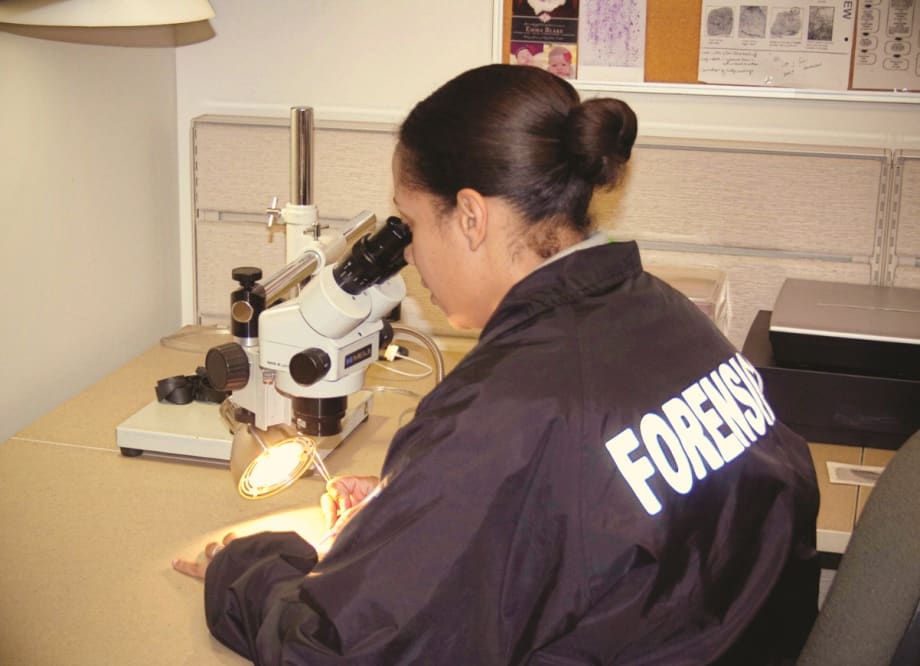Raleigh-Wake County City-County Bureau of Identification was created by the North Carolina Assembly in 1937. From its inception, CSIs were to be sworn individuals, which was fine until about 2009, when Sam Pennica, director of the bureau, says they were struggling to get an adequate—and qualified—applicant pool for open CSI positions. "We needed applicants with a science background, with a passion for and a desire to do crime scene work," he says. "We were getting a lot of applicants chasing a dollar because our pay is good, but we needed more highly trained and educated applicants with training in forensic science."
Eventually, Wake County voted to approve putting civilians in this role, and in 2010 the department hired its first civilian CSI. This employee came to the bureau with a bachelor's degree in anthropology; two master's degrees, one in criminology and the other in forensic science; and on-the-job forensic experience.
"She set the bar pretty high, and she proved to us that there were people out there wanting to get into forensic science who did not want to carry a gun and a badge and be a sworn officer. Our first applicant said she wanted to be able to solve crimes with her brain," Pennica says.
He adds this candidate proved she could do that almost immediately. Pennica says she showed "I can do this job as good as, if not better than, the officers with guns and badges, and she quickly earned everyone's respect."
When this hire was made, the bureau had 22 CSIs, all of whom were sworn. Today, the bureau still employs 22 CSIs, but only eight are sworn.












